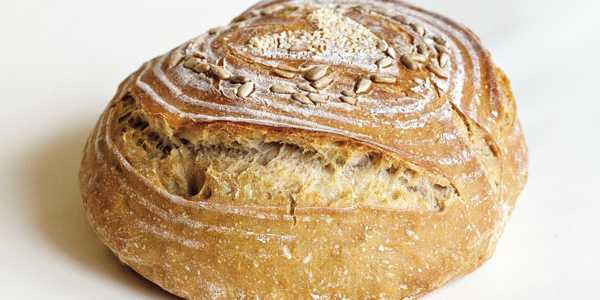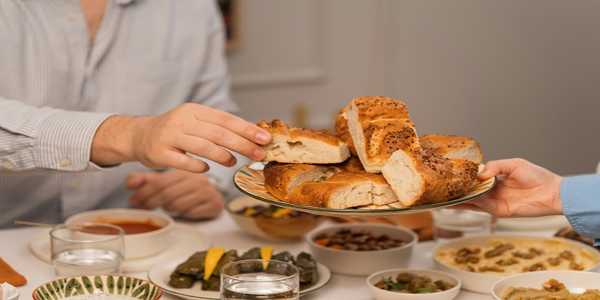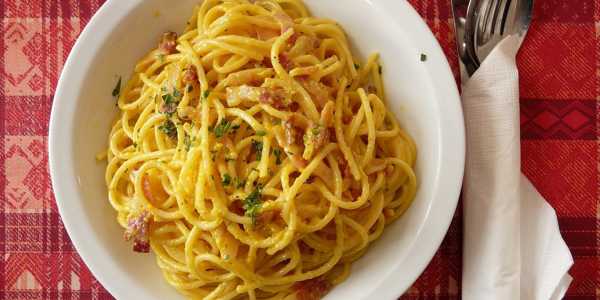How To Cook Rice Perfectly Every Single Time? Here's The Answer
Have you ever followed the instructions on a rice packet and still ended up with mushy, sticky, or undercooked grains? Cooking rice might seem simple, but getting it just right can be frustrating. Whether it's for a weeknight dinner or a special meal, rice is often the foundation of the plate, so why not get it right every time? This guide will walk you through everything you need to know, from choosing the right type of rice to finishing with fluffy, evenly cooked grains.
Choosing The Right Type Of Rice Matters More Than You Think
Rice isn't just rice. Walk into any grocery store and you'll see a variety: long-grain, short-grain, jasmine, basmati, brown, wild, sticky rice, and more. The kind you choose changes the flavor, texture, and cooking method.
Long-grain white rice (like basmati or jasmine) tends to be light and fluffy. Short-grain rice is starchier, resulting in a softer, stickier texture. Brown rice takes longer to cook because it still has the bran layer, but it offers a nuttier taste and chewier bite. Sushi rice is short-grain and sticky, designed to hold together well. Wild rice isn’t even technically rice—it’s a grass—but is cooked similarly.
Before cooking, know what dish you’re making and choose your rice accordingly. For example, biryani works best with basmati, while a stir-fry is better with jasmine or plain long-grain white rice.
Rinsing: Just A Small Step, Big Difference
Ever ended up with rice that clumps or feels gummy? Often, it’s because you skipped rinsing. Most types of rice are coated in starch. When cooked without rinsing, that extra starch turns into a glue-like coating.
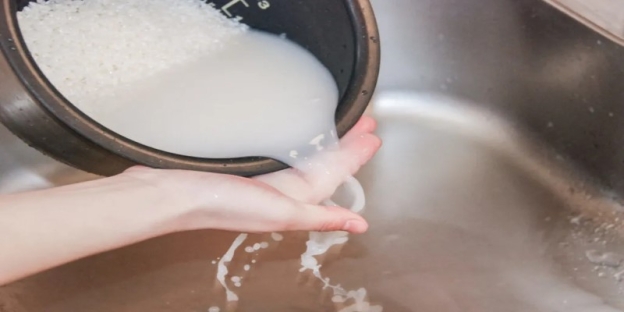
Put your rice in a bowl or strainer and rinse it under cold water. Swirl it with your hands until the water runs mostly clear. This can take a couple of rinses, but it’s worth the effort. For sushi rice or risotto, you might skip rinsing on purpose because you want that extra starchiness. But for light, separate grains? Always rinse.
The Right Ratio: Water To Rice Is Not One-Size-Fits-All
The most common advice you'll hear is 2 cups of water for every cup of rice. While that works for many types, it doesn't apply across the board. The ideal water-to-rice ratio depends on the variety and whether the rice is rinsed or soaked.
Here’s a quick overview:
Long-Grain White Rice
1.5 to 1.75 cups water per 1 cup of rice
Jasmine Rice
1.25 to 1.5 cups water per 1 cup of rice
Basmati Rice
1.5 cups water per 1 cup (after soaking for 20–30 minutes)
Brown Rice
2 to 2.5 cups water per 1 cup of rice
Sushi/Short-Grain Rice
Around 1.2 to 1.4 cups water per cup of rice
Using too much water can make rice soggy, and too little leaves it crunchy and unevenly cooked. Measure both carefully. If you're cooking rice often, a digital kitchen scale can help with consistency.
Simmer, Don't Boil: Timing And Heat Are Everything
After rinsing and measuring, it’s time to cook. Start by bringing the water to a boil—but only briefly. Once you see bubbling, lower the heat right away and cover the pot with a tight-fitting lid. Let it simmer gently, not boil.
Boiling causes the water to evaporate too quickly, and the rice may burn at the bottom or turn mushy at the top. A low simmer gives the grains time to absorb water evenly.
Don’t lift the lid during cooking. Each time you open it, steam escapes and affects the cooking time and texture. Set a timer and trust the process.
For most long-grain rice, this takes around 15 minutes. Brown rice may need 40–45 minutes. Basmati? About 12–15 minutes if soaked beforehand.
Let It Sit: The Step Most People Skip
Once the timer goes off, resist the urge to serve immediately. Remove the pot from the heat and let it sit, covered, for at least 10 minutes. This step allows the steam to redistribute and helps firm up the grains.
Skipping this stage can leave you with wet, uneven rice. Those few extra minutes make a noticeable difference in both texture and flavor.
Fluff, Don't Mash
Grab a fork—not a spoon or spatula—and gently fluff the rice. This separates the grains without breaking them. Forks help preserve the airiness of perfectly steamed rice.
Avoid stirring too much. That compresses the grains and makes them stick together, especially if there's any leftover moisture at the bottom of the pot.
Cooking Methods Beyond The Stove
While stovetop cooking is the most common, there are other ways to cook rice that can be more convenient or give different results.
Using A Rice Cooker
This method is ideal if you make rice regularly. A rice cooker takes care of timing, temperature, and even the resting stage. You simply add rinsed rice and the correct water ratio, then press start. The machine does the rest.
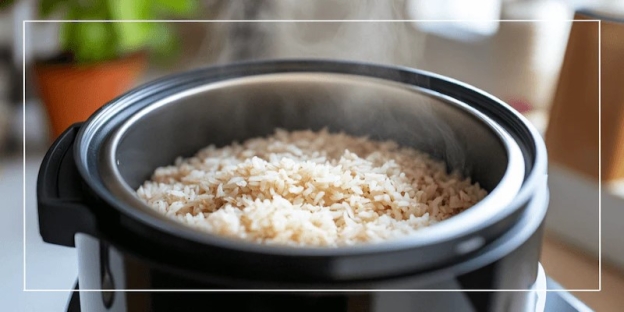
Many models even have settings for brown rice, porridge, or mixed grain options. One big benefit? You get consistently good rice every time, with minimal effort.
Cooking Rice In The Oven
Oven-baked rice is especially good for large batches. Preheat your oven to 375°F (190°C). In a baking dish, combine rice, boiling water, and a pinch of salt. Cover it tightly with foil and bake. After 25–30 minutes, you’ll have evenly cooked rice, with no need to watch the stove.
Microwave Method
This can be hit or miss, but it works in a pinch. Use a microwave-safe bowl with a lid or microwaveable plastic wrap. Combine rice and water, cover loosely, and cook in short intervals, checking every few minutes. It's not the most flavorful method, but it's fast.
Getting It Right Every Time
Cooking perfect rice doesn’t take fancy equipment or advanced skills. It’s about a few consistent habits: rinse your rice, use the right water ratio, don’t peek while it simmers, let it rest after cooking, and fluff gently.
Whether you're making a quick side dish or building a meal around rice, these steps help ensure it turns out just how you want—fluffy, tender, and never overcooked. Once you understand your rice and follow these simple habits, perfect results won’t feel like luck anymore.
